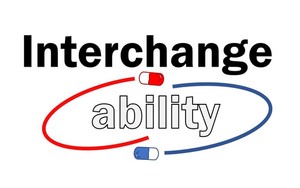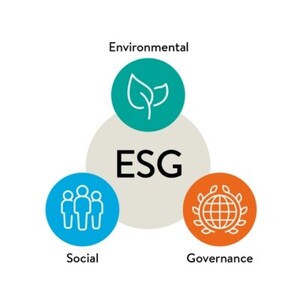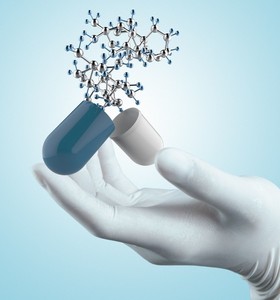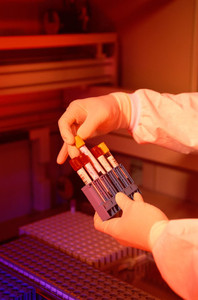A study into the use of quality by design (QbD) has demonstrated how risk management can facilitate the implementation of QbD in the early-stage product development of biosimilars [1].
Quality by design for biosimilars
Biosimilars/Research
|
Posted 11/04/2014
 0
Post your comment
0
Post your comment

QbD in pharmaceuticals is a method whereby quality elements are evaluated using an enhanced systematic and science-based approach to development and manufacturing, to better ensure product quality. It is partially based on the application of multivariate statistical methods and a statistical design of experiments strategy for the development of both analytical methods and pharmaceutical formulations.
The US Food and Drug Administration (FDA) has recently started promoting QbD in an attempt to curb rising development costs and regulatory barriers to innovation and creativity. As of January 2013, FDA required all applications for approval of generics to include QbD elements. Back in April 2012, FDA and the European Medicines Agency (EMA) launched a three-year pilot programme to evaluate the QbD elements of selected applications that were submitted to both agencies at the same time [2].
QbD began to be adopted in the biotechnology industry after FDA published its process analytical technology (PAT) guidance – A Framework for Innovative Pharmaceutical Development, Manufacturing and Quality Assurance in 2004. Global acceptance of QbD and PAT principles are reflected in the contents of the International Conference on Harmonisation (ICH) quality guidelines: ICH Q8 Pharmaceutical Development, ICH Q9 Quality Risk Management and ICH Q10 Pharmaceutical Quality System. To date, however, the first biological drug application using a QbD approach has yet to be approved by FDA.
Zalai and co-authors in their study identified risk assessments as important tools to integrate prior knowledge in biosimilar development. Review of the ICH Q9’s risk assessment process identified the following as playing a key role in targeted risk assessment approaches:
- A proper understanding of target linkage
- Risk assessment tool compliance
- Criticality threshold value
Adjusting these steps to biosimilar applications helped to address some unique challenges of these products such as a strictly defined quality profile or a lack of process knowledge. Originator biologicals manufacturers are not required to disclose their manufacturing processes after patent expiry on their products.
The research demonstrates the need for tailored risk management approaches for the risk-based development of biosimilars and provides novel tools for the integration of additional knowledge available for these products. In conclusion, use of QbD approaches can reduce biosimilar development risk.
Related article
Quality by design for generics by 2013
References
1. Zalai D, Dietzsch C, Herwig C. Risk-based process development of biosimilars as part of the quality by design paradigm. PDA J Pharm Sci Technol. 2013;67(6):569-80.
2. GaBI Online - Generics and Biosimilars Initiative. FDA and EMA to join forces on quality [www.gabionline.net]. Mol, Belgium: Pro Pharma Communications International; [cited 2014 Apr 11]. Available from: www.gabionline.net/Guidelines/FDA-and-EMA-to-join-forces-on-quality
Permission granted to reproduce for personal and non-commercial use only. All other reproduction, copy or reprinting of all or part of any ‘Content’ found on this website is strictly prohibited without the prior consent of the publisher. Contact the publisher to obtain permission before redistributing.
Copyright – Unless otherwise stated all contents of this website are © 2014 Pro Pharma Communications International. All Rights Reserved.
General
Samsung Bioepis wins Pyzchiva case; Regeneron patent rulings threaten foreign biosimilars
Chinese biosimilars go global: growth, partnerships, and challenges
What is the future for the US biosimilar interchangeability designation

Biosimilars/Research Posted 05/06/2025
Biosimilar clinical efficacy studies: are they still necessary?

Biosimilars/Research Posted 27/05/2025
The best selling biotechnology drugs of 2008: the next biosimilars targets








Post your comment